Dongqian Lake, nestled in the southeastern corner of Ningbo, stands as a popular destination for leisure and tourism. Its convenient proximity to Ningbo’s city center has earned it the title of the city's "backyard".Thanks to William C. Milne - an admirable storyteller- we can enjoy a detailed travel guide to Dongqian Lake from 181 years ago.
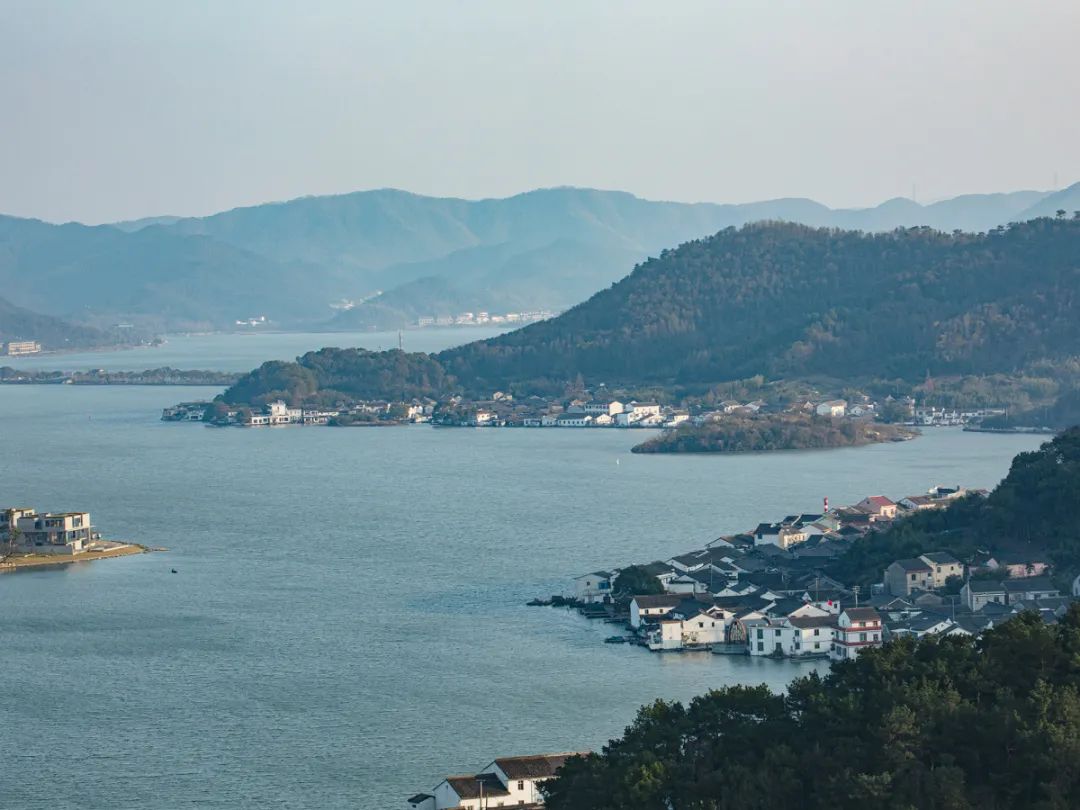
Today's Dongqian Lake. (Photo: Yongpai App)
In the past, travellers from Ningbo to Dongqian Lake typically took the Zhongtang River in eastern Yin County. Upon reaching Muh-che-yen (currently known as Mozhi), they would either hire a small boat to enter the lake or continue by land along the lakeshore.
For foreign visitors, boats crossing over the dam were a novel and rare sight, often considered a must-see.
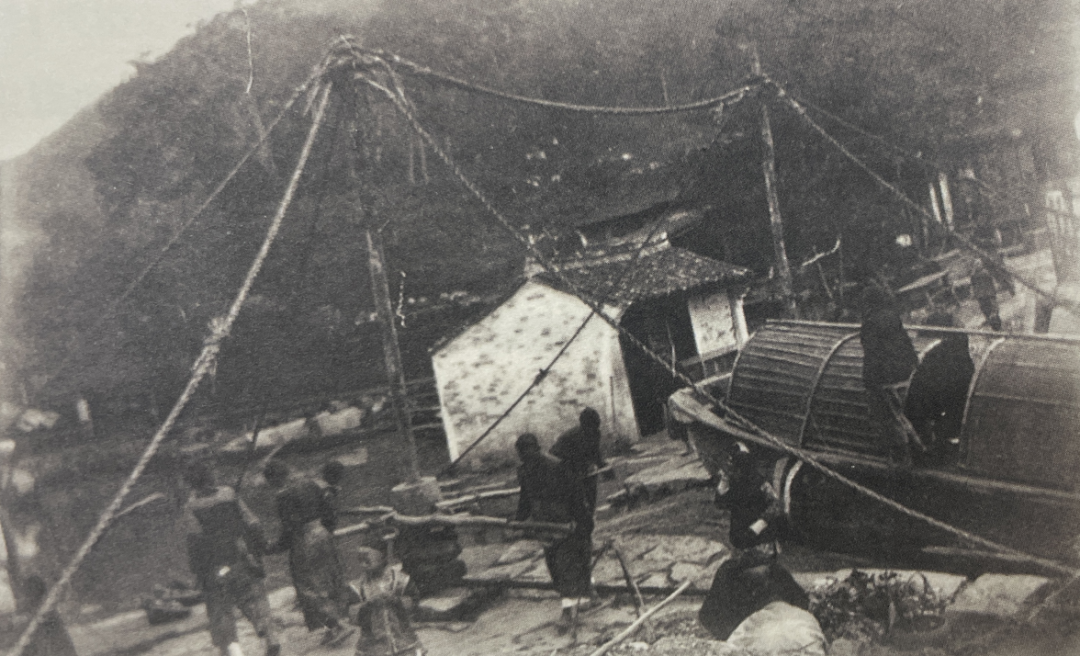
A photo of "boat crossing the dam" by René Tillot.
Milne, an English missionary who visited the lake in May 1843, detailed the dam-crossing process in his article, Seven Months' Residence at Ningpo:
"The most interesting scene of the hour was the hauling up of the boats. There were two inclined planes upon the dam, extending across the outlet of the lake: one for up-heaving boats from the canal below to the basin above, and the other for launching from the basin above down into the canal below.
During the process, we had to lash every piece of furniture and baggage to prevent damage to our persons and our property, and hold on as tightly as we could..."
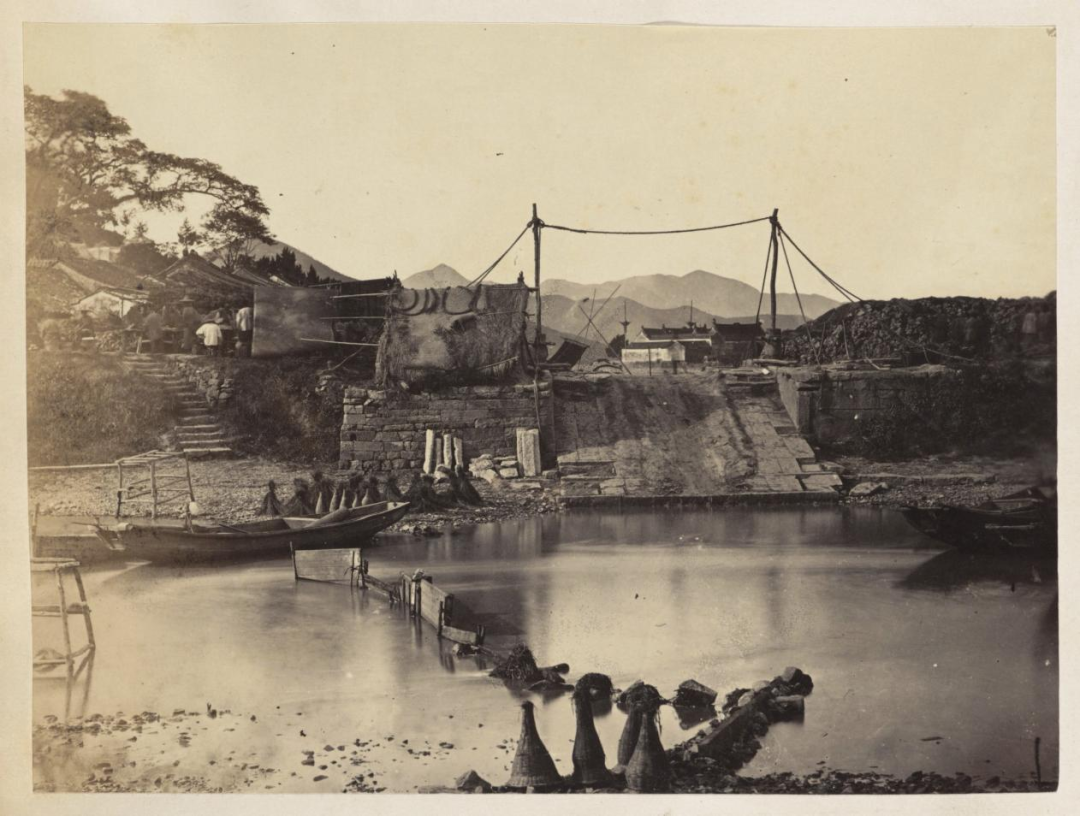
A photo of "boat crossing the dam" by Edward Bangs Drew.
After spending a night at "Ying-kia-wan", Milne’s team left their anchorage and took a boat to Hanling, a significant town situated by Dongqian Lake.
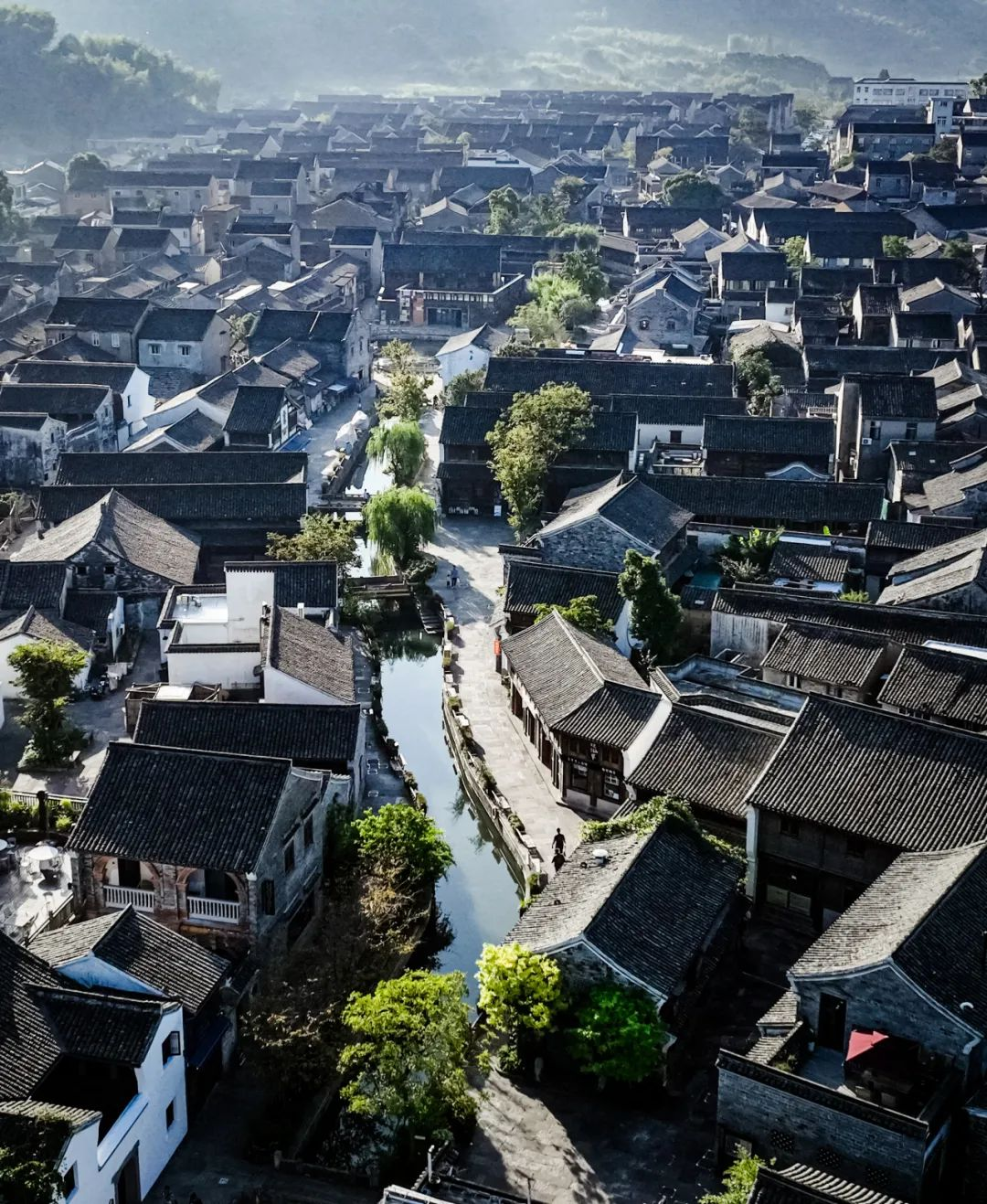
Today's Hanling Old Street. (Photo: Yongpai APP)
Upon reaching Hanling, Milne received a warm welcome from a multitude of spectators, "some of whom waded up to their waists, or mounted the trees, to catch a glimpse of the strangers. Captain Kennedy and I went to the principal temple, where we were entertained with tea, cakes, and sweetmeats, sent by the principal inhabitants, each presenting a separate tray. From this, we walked into the village, a closely packed and busy place."
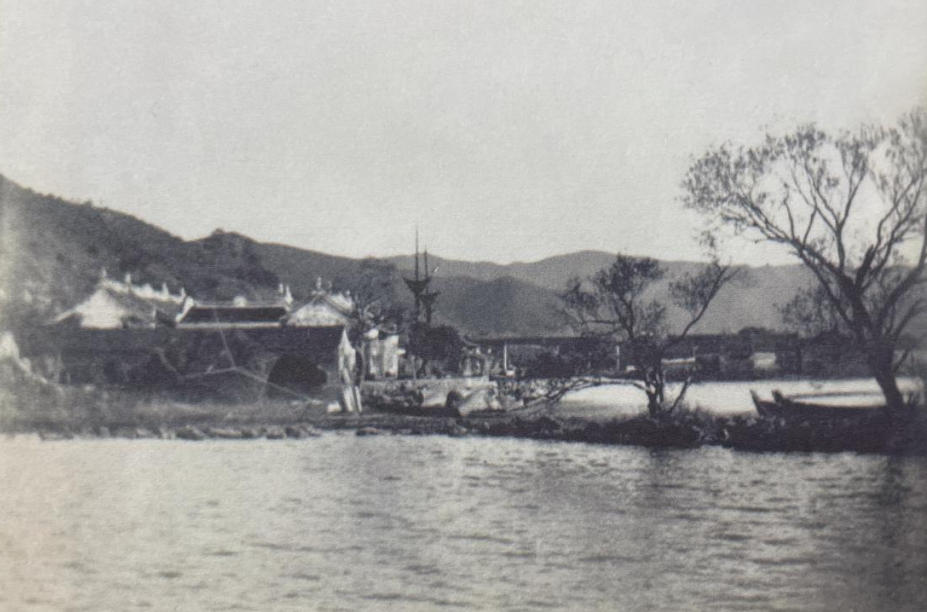
A photo of the local temple at Hanling by René Tillot.
Throughout his visit to Donqian Lake, Milne was deeply impressed by the warm hospitality of the villagers. "The civility with which we were received was invariable ... The women flocked around to see our faces, examine our clothes, and watch our movements. Instead of flying from us as from hurtful beasts, the people escorted us out of their villages and conversed with us in words kind and friendly."
The following day, Milne, still full of enthusiasm, completed a hike at the "Peak of Pihpoo" (aka Centipede Peak; currently known as Bai-bu-jian).
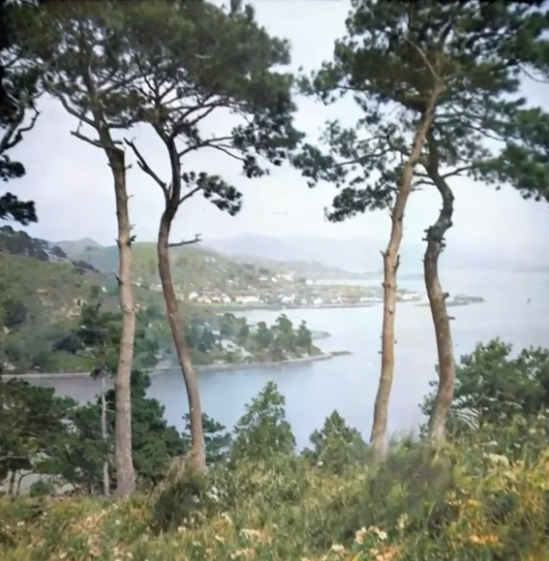
Looking down from the"Peak of Pihpoo" (old photo)
"Our object in visiting this spot was to ascend the Peak of Pihpoo, or 'Centipede Peak,' which looked like a sharp needle shooting up into the very clouds.
To the right, a good road struck off, comfortably shaded by trees; but as it seemed circuitous and we hoped another might be found nearer the centre of the mountain, we took a middle course, which turned out to be very romantic, though rough and little frequented. The ascent was toilsome. On reaching the summit, we named it 'Discovery Peak,' being the first Englishmen that had trod that height."
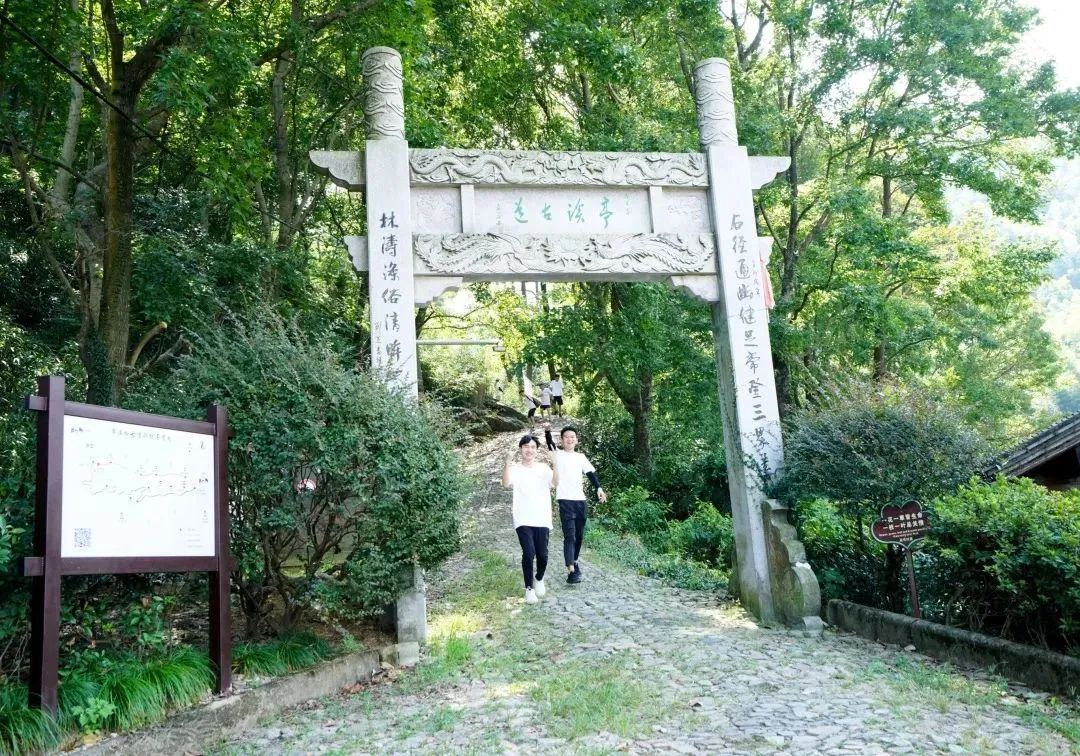
Today's Tingxiling Ancient Road. (Photo: Ningbo Release)
The "Peak of Pihpoo" lies on the southwestern shore of Dongqian Lake and was once celebrated as one of the top ten scenic views of the Dongqian Lake area. In recent years, this picturesque spot has been transformed into the popular Tingxiling Ancient Road.
Milne's records show some differences compared to today’s Dongqian Lake. For instance, the Mozhi Dam is now largely out of use.
But many of his "guides" are still quite relevant today. For example, hiking and climbing by the lake are still experiences that modern visitors shouldn’t miss.

Today's Dongqian Lake. (Photo: Yongpai App)
Source: Ningbo Evening News
Author: Gu Jiayi
Editors: Pan Wenjie, Ye Ke



